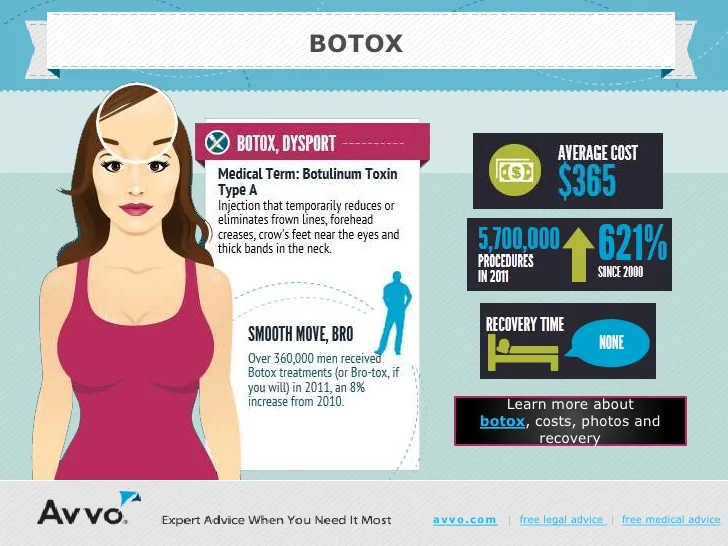Hormone acne is identified by clogged up pores and oily skin that commonly shows up on the chin and jawline. It happens when hormonal changes cause swelling and bacterial overgrowth within hair follicles.
Breakouts may appear as whiteheads, blackheads, papules or pustules and cysts or nodules in a lot more serious situations. It is extra usual in teenagers going through puberty however can impact grownups of any kind of age.
What Creates Hormone Acne?
While acne can be caused by a variety of elements, including utilizing hair and skin treatment products that aren't oil-free or made with ingredients that could clog pores, genetic predisposition, diet plan,2 and tension, the source is changing hormonal agents. Hormonal acne happens when the body experiences hormonal modifications and changes that cause an overflow of sebum, which triggers swelling, boosted development of microorganisms and adjustments in skin cell task.
Hormone acne is usually located on the reduced jawline, cheeks and neck yet can show up anywhere on the body. It is identified by imperfections that are cystic, painful and filled with pus or various other product. It is additionally more probable to happen in ladies than guys, particularly during adolescence, the menstrual cycle, pregnancy or menopause.
Age
While numerous youngsters experience acne eventually during puberty, it can continue to plague grownups well right into the adult years. Referred to as hormonal acne, this type of breakout is tied to fluctuations in hormonal agents and is commonly most usual in females.
Hormone acne happens when oil glands produce too much sebum, which obstructs pores and catches dead skin cells. This causes the development of acnes, such as whiteheads, blackheads and papules, pustules, cysts or nodules, deep under the surface.
This type of imperfection usually creates discomfort, inflammation and inflammation. It may also be intermittent and show up around the exact same time monthly, such as right before your period starts. This is due to the fact that degrees of women hormonal agents like progesterone and oestrogen vary with each menstruation.
Menstrual Cycle
Hormonal acne typically shows up in the reduced part of your face, along the jawline and cheeks, as whiteheads, blackheads or inflammatory pimples (pimples and cysts). It's more than likely to show up around the time when your menstrual cycle changes.
Specifically around ovulation, when estrogen and progesterone degrees are on the rise, hormonal agent changes can cause outbreaks. Yet it's likewise possible to obtain acne at any type of point throughout your 28-day menstruation.
If you observe that your hormonal acne flare get more info right prior to your period, try seeing when precisely this happens and see if it connects to the stages of your 28-day menstrual cycle. This will certainly assist you pinpoint the origin of your skin difficulties. For example, you might wish to work on stabilizing your blood glucose and cutting out high-sugar foods, or take into consideration a prescription medicine like spironolactone that can manage your hormonal agents.
Pregnancy
Expanding an infant is a time of dramatic hormone changes. For several ladies, this consists of a flare-up of hormone acne. This type of outbreak generally starts in the very first trimester, around week six. It's triggered by hormone rises that promote sebaceous glands to make even more oil, which can clog pores and create more microorganisms to develop.
Breakouts might also take place as a result of pre-existing conditions like polycystic ovary disorder, which can also be a concern during pregnancy and menopause. Also, some kinds of birth control pills (such as Ortho Tri-Cyclen and YAZ) can activate hormonal acne in some ladies.
Fortunately, the majority of acne treatments are "no-go" for expectant women (consisting of popular acne-fighting active ingredients such as isotretinoin and spironolactone). However if you can not prevent those aggravating bumps, your physician might recommend dental erythromycin or cephalexin, which are safe while pregnant.
Menopause
As women come close to menopause, the estrogen degrees that triggered their hormonal agent acne to flare up throughout puberty begin to maintain and decrease. At the same time, nonetheless, a spike in androgens (also called male hormones) takes place because these hormonal agents can't be converted into estrogen as properly as previously.
The excess of androgens can set off oil manufacturing by the sebaceous glands, which blocks pores. When the clogged up pores ended up being swollen and irritated, an acne forms.
Hormonal acne is commonly seen on the face, particularly around the chin and jawline, however it can take place on the neck, back, shoulders, or chest. This kind of acne often tends to flare up in an intermittent pattern, comparable to the menstrual cycle. Anxiety, which raises cortisol and throws hormones out of equilibrium, also contributes to the outbreaks.
